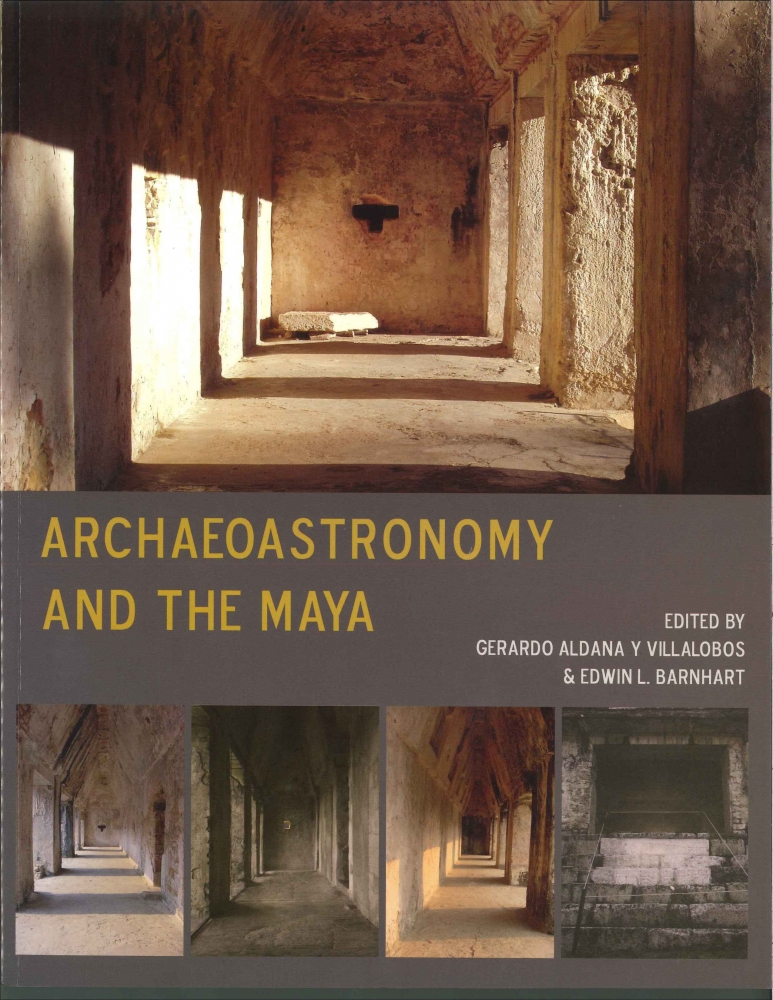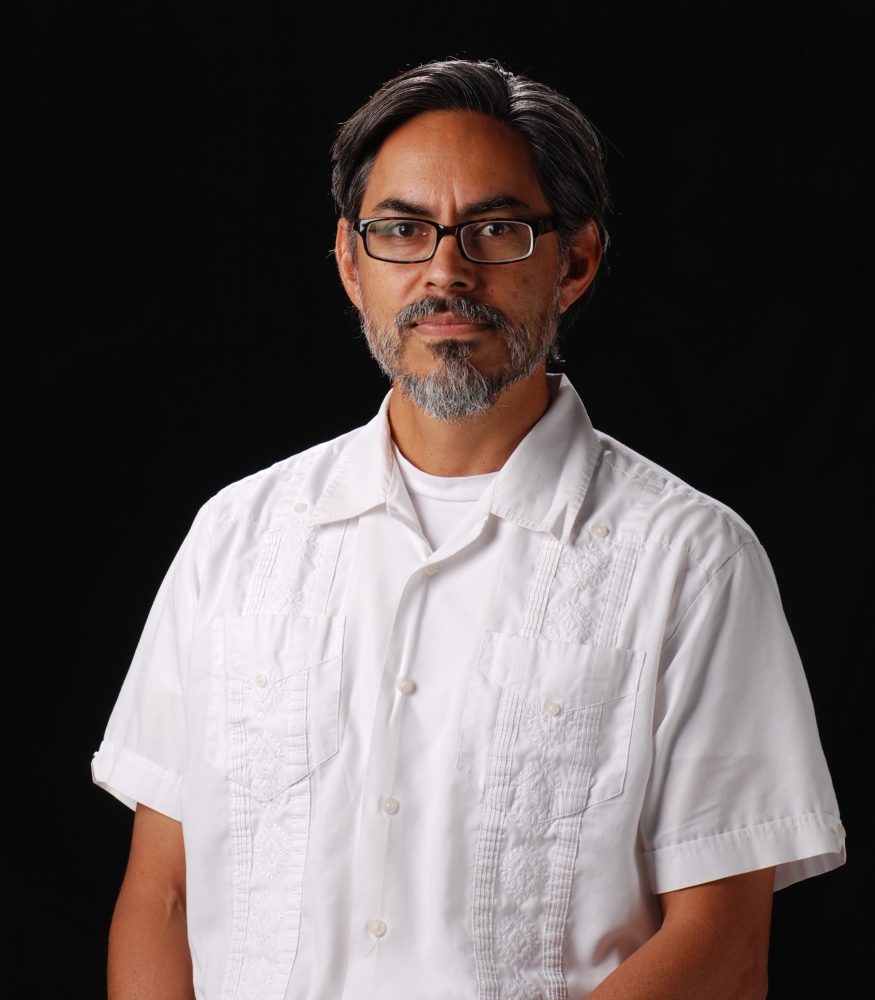
Stars in Their Eyes

Gerardo Aldana calls it the idiosyncrasy of discovery: A 19th-century German interpretation of the Dresden Codex — a manuscript in Mayan hieroglyphs that resurfaced in the Royal Library in Dresden — identifies astronomical records and becomes the baseline of understanding.
“The interpretation is so powerful and impressive and it takes hold of the field as a whole,” said the UC Santa Barbara professor of anthropology and of Chicana and Chicano Studies who is also a specialist in the history of science. “Archaeologists start to excavate ancient Mayan sites and take great photographs and illustrations of the monuments. But they’re looking only for astronomical patterns.”
So that’s what they find.
Half a century later, in the 1960s, however, a Maya studies scholar in the United States turns the baseline understanding on its head by introducing a historical hypothesis. Working with the same patterns, following the same methods, Tatiana Proskouriakoff sees in the inscriptions a certain set of patterns that represent history rather than astronomy. “Everyone’s looking at intervals and they’re trying to find astronomical periods,” Aldana explained. “She looks at these intervals and finds they’re actually the momentous events in a person’s life, and they record one succession to the next.”
Her findings allowed scholars to entertain other ideas about the hieroglyphs, according to Aldana, “and the next thing you know, the ’70s, ’80s and ’90 are all about the beginning of decipherment. So that’s where you have this mix of people trained in the old ways and think they’re going to find astronomy and other people trained in just the glyphs themselves who are seeing history,” he said. “You get this mixed bag of trying to negotiate what these texts are saying, and maybe it’s a hybrid of the two.”
In his new book “Archaeoastronomy and the Maya” (Oxbow Books, 2014), Aldana suggests that the true role of astronomy in ancient Maya culture is an open question. “First of all, what is Mayan astronomy, this alternate form of science?” he asked. “Second, what role did it play in politics and history? This volume shows different takes and different perspectives, and it’s searching for that new basic paradigm, a new way of understanding what astronomy was in Maya culture. It ends up seeking an agenda for how Maya scholars come together and develop the field as it goes forward.”
Some contributors to the volume, co-edited by Aldana and Edwin L. Barnhart, director of the Maya Exploration Center in Austin, Texas, study architecture and the geometry that informs that architecture and how it captures astronomical events. “My piece revisits the Dresden Codex Venus Table, which shows the tracking of Venus cycles, and focuses on oracular knowledge and how it gets encoded into what we think of as being a scientific project. Then we have other contributors looking at topics such as lunar cycles and the origins of the calendar,” Aldana said.
According to Aldana, one of the book’s more important contributions involves our understanding of what science is and who is invested in it. “If you come into Maya studies thinking there’s a set of patterns and you know you’re going to find astronomy and it’s going to look a certain way, you’ll find a way to tweak the material until it comes out,” he said.
“And I think we’ve labored under that. We’ve been dealing with our own culturally biased expectations, and what changes is that now we can read the inscriptions,” he went on. “We’re now accessing indigenous perspectives — indigenous authors writing for an indigenous audience. And that’s unique. If you talk about the Aztecs or the Inca, most of the records we have are interpretations through a colonial European lens. They’re writing to explain their own culture to Europeans, or Europeans are trying to understand and document it.”
Which puts the interpretation at two degrees of separation at the very least. “We become entirely reliant on someone else understanding the science for us,” Aldana said, “and that takes us out of the conversation we need to have, which is, ‘What are we doing with the science and technology on a daily basis?’
“One of the things I do in my outreach work has to do with the fact that society in general — and kids in particular — are consumers of science and technology but don’t engage with it,” he continued. “They don’t troubleshoot; they don’t figure things out with it.” He used automobiles as an example, noting how, a couple of decades ago, kids might be found with their heads under the hood of a car tinkering with the engine and learning how to make repairs.
“These days you can’t do that because cars are so technologically advanced. A computer controls everything,” he said. “If your car doesn’t work, you take it to the shop. The same is true of your cell phone. If it stops working, you get a new one.”
Our separation from the basic hows and whys of science and technology has a global impact, Aldana argued, because we don’t see it in relation to the world at large. “What are the idiosyncrasies of having a cell phone that requires an element or a mineral that shows up in only one part of the world?” he wondered. “And what are the politics involved based on the science we believe we need?”
If we cut ourselves off completely from understanding how science works, he added, we have no engagement in the way science plays out politically in terms of policy and in our everyday lives. “When we look to ancient versions of science, it brings some aspects of it into starker relief. The role science may have played in political legitimation in ancient times may become clearer, but it reminds us that we have to look for it in society today,” he said. “Those are the kinds of reflections that come out of looking at other versions of the relationship between science and culture.”



